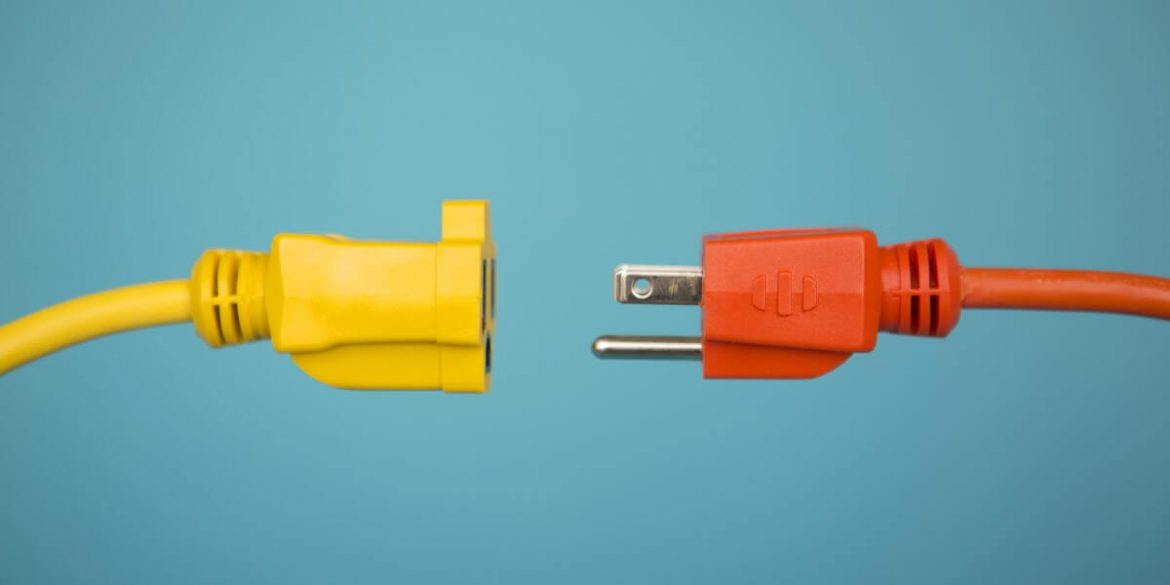Installing a prise electrique is not easy. It requires the help of an expert since it involves electricity. If you have some knowledge of doing this, you can do it yourself but with caution.
Here are the steps on how to install the right outlet for your home:
Step #1 Choose the Right Type of Outlets
Your home electrical outlets should have a built-in safety device. The two types of outlets are AFCI and GFCI outlets. How will you know which one to choose? Below are some facts about the two outlets:
GFCI (Ground Fault Circuit Interrupter) Outlet protects against electrocution. It is equipped with a small circuit breaker that trips during a short circuit.
AFCI (Arc Fault Circuit Interrupter) Outlet will keep you protected against electrical fires. It also has a small breaker that trips whenever there is a dangerous arc.
These two outlets may look the same, but they perform differently.
Use GFCI protection in the following areas:
- Kitchens
- Bathrooms
- Six inches below the sinks or water sources
- Garages
- Basements
- And for outdoor outlets
The AFCI protection is best installed in all bedrooms. It does not mean that they cannot use GFCI in an area where AFCI is recommended. You can have several electrical outlets connected to a single GFCI or AFCI outlet for protection. AFCI circuit breaker can be added to your electrical panel.
Step# 2 Determine the Right Outlet for your Electronics and Appliances
The outlet you will buy depends on the electronic device or appliance you will plug into it. Here are a few examples of types of appliances and electronics that use specialty outlets.
Heavy-duty 240-volt electrical outlets are necessary for appliances like electric rangers and dryers. You can choose from three-prong and four-prong varieties. Check the electric cord of your appliances to make sure you get the correct one.
Medium-sized appliances require a larger, 20-amp electric outlet. The 15-amp outlet except the neutral slot is horizontal. Your wiring and circuit should be 20 amps to install a bigger outlet.
Tablets, Smartphones, and Other Small Electronics
Also available are electrical outlets with USB, which you can use in the bedroom, living room, kitchen, or anywhere else you want to charge your mobile phone or other devices.
Step #3 Make Sure the Present Wiring/Circuits Can Handle the New Outlet
You should know the number of outlets, appliances, and lights is connected to the circuit. Overloading the circuit is not good as it will overheat the wires in your wall. Also, the breaker would constantly trip, damaging the breaker.
Most of the big appliances require having their separate circuit in the electrical panel. If you are installing an outlet for these appliances, you need to run new wiring and set up a separate breaker in your panel. Make sure the amp of the circuit is higher than the outlet you are installing.
Now that you are aware of how to install the right outlet for your home, you can do it without any issues.
